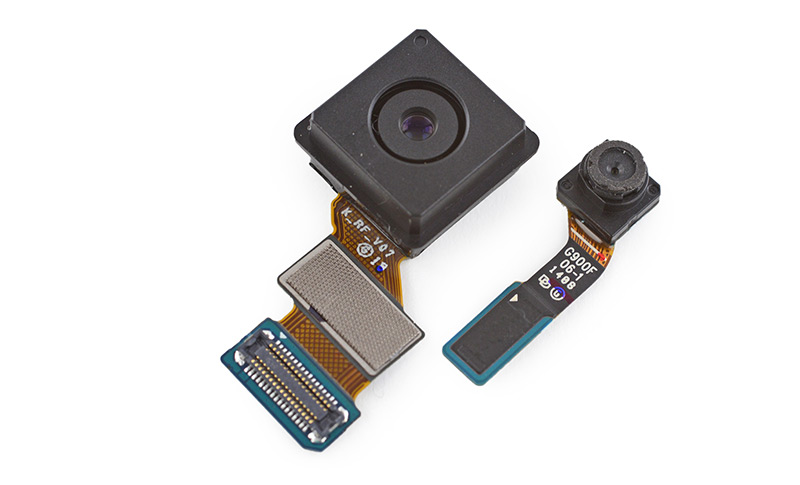Available at ebay for Rs. 3200/- approximately, The DOMO
Slate S5 is the first tablet to be launched from the Slate S Series Range. It is
a 7" Dual SIM 3G Calling Tablet PC capable of performing a range of feats. With Network Connectivity
option of 2G and WCDMA 3G network, equipped with WiFi, Bluetooth and GPS,
capable of connecting external pendrives and other usb devices via OTG, smart
features such as 3G Internet Surfing and Video Calling, Call Recording, FM
Radio, DUAL SIM Voice Calling, WiFi Hotspot, WiFi Direct, USB Tethering,
Bluetooth Tethering, USB Internet Sharing from PC and a range of other features,
the Slate S5 is sure to surprise you with the punch it packs in its sleek 7"
housing. It even houses DUAL camera which are interpolated to 2MP and 3MP, front
and rear respectively.
With an internal storage of 8GB and expandable storage capability of 64 GB, you can ensure the DOMO Slate S5 will store enough data to suffice your multimedia needs and still have enough to store work files. The MTK processor of the DOMO Slate S5 has decent power with 2 Cores and houses an internal Mali 400 GPU. The DUAL SIM Card Slot, Memory card slot and Antenna Extensions are smartly tucked behind a removable flap on the back, while the 3.5mm Audio Jack and MicroUSB port, which charges the tablet and is also capable of connecting external USB devices via OTG, is placed on the top to eliminate interruption while docked in stand. The Android Operating System is tuned to perform optimally with the given hardware and it does the job fairly well.
Key Features:
With an internal storage of 8GB and expandable storage capability of 64 GB, you can ensure the DOMO Slate S5 will store enough data to suffice your multimedia needs and still have enough to store work files. The MTK processor of the DOMO Slate S5 has decent power with 2 Cores and houses an internal Mali 400 GPU. The DUAL SIM Card Slot, Memory card slot and Antenna Extensions are smartly tucked behind a removable flap on the back, while the 3.5mm Audio Jack and MicroUSB port, which charges the tablet and is also capable of connecting external USB devices via OTG, is placed on the top to eliminate interruption while docked in stand. The Android Operating System is tuned to perform optimally with the given hardware and it does the job fairly well.
Key Features:
• Video Calling via 3G SIM Card
• Android 4.4.2 Kitkat
• DUAL Core MTK ARM Cortex-A7 CPU @ 1.0 GHz
• Mali-400 MP1 GPU @ 400 MHz
• DUAL Camera - 2MP Front and 3MP Rear with LED Flash
• Inbuilt GPS Chip and Antenna
• 8GB Storage and 64GB Expandable
• Multi Touch 5 Point Capacitive Touch Screen (Glass)
• 7 Inch 1024*600 LCD
• Inbuilt FM Radio
• Bluetooth Connectivity
• WiFi Connectivity
• Call Recording
• MicroUSB Port
• WiFi HotSpot Tethering
• WiFi Direct
• USB Internet Sharing (Internet from PC)
• USB Tethering
• Bluetooth Tethering
• Bluetooth Keyboard and Mouse Support
• OTG Support
• Supports 480p, 720p and 1080p HD Videos







